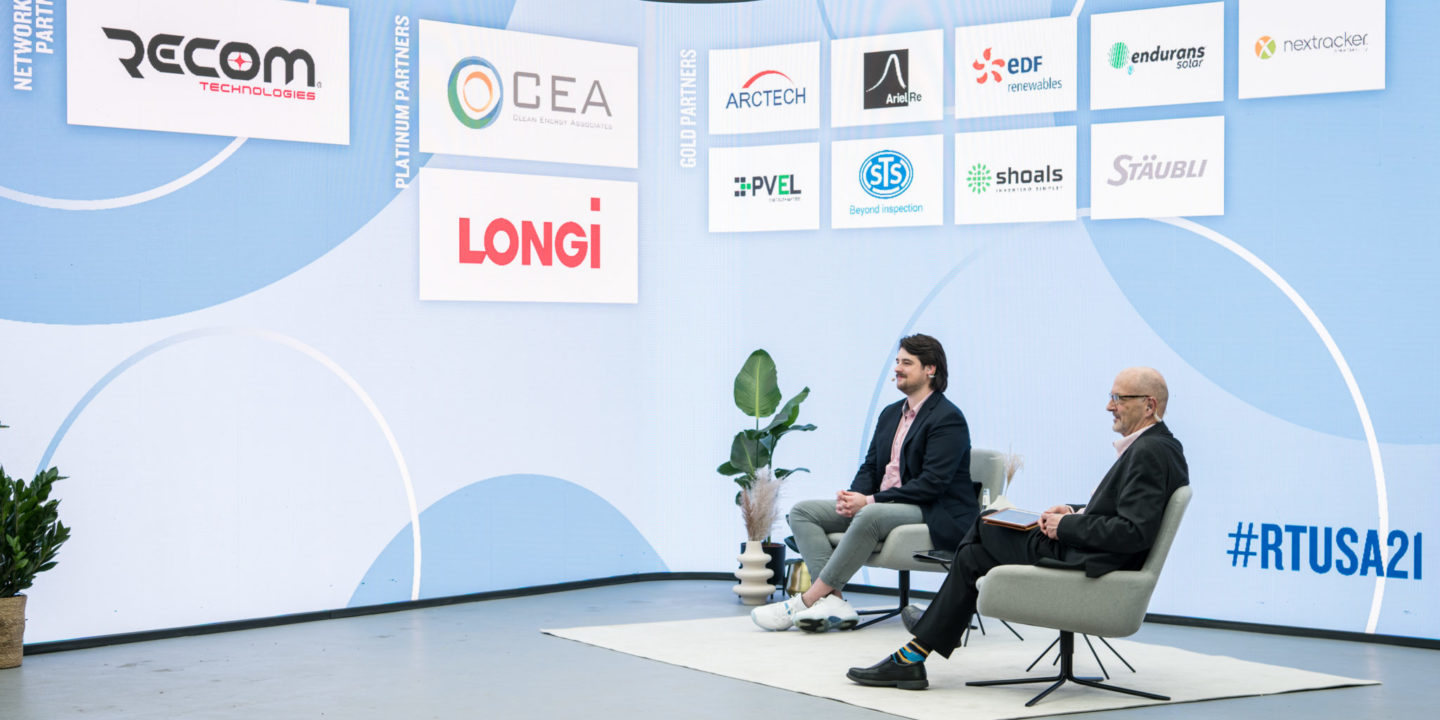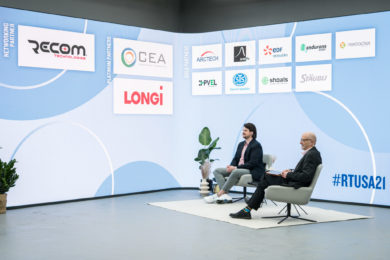
Industry leaders, policymakers, and stakeholders joined pv magazine senior editors in an insight-packed live event to discuss optimizing solar PV and accelerating deployment across the U.S. and the globe.
Solar industry leaders from across the United States and the globe gathered in an informative and especially timely virtual event as the pv magazine Roundtables USA took place on November 9.
As the U.S. and global solar markets rapidly recover from disruptions caused by the Covid-19 pandemic, a vision of optimal, resilient solar PV solutions to speed decarbonization and tackle the existential climate challenge was shared. Through a total of six hours of curated sessions that were moderated by Senior U.S. Editor David Wagman, U.S. Editor Tim Sylvia, global Editor in Chief Jonathan Gifford, and Associate Editor Ryan Kennedy, equipment manufacturers, researchers, policymakers, and other stakeholders shared their view of how to accelerate deployment in pursuit of national and global goals.
Session two focuses on strategies to deploy solar rapidly under a changing landscape. Watch here
Session 2: Accelerating solar deployment
Garrett Nilsen, acting director of the U.S. Department of Energy’s Solar Energy Technologies Office opened the second session, outlining the Biden Administration’s clean energy goals with a focus on solar energy, and the related initiatives DOE is pursuing.
Next, a panel of four led a talk titled “Lead, follow, or get out of the way: What solar needs to expand.” Panel members who were interviewed by David Wagman and Tim Sylvia included Suzanne Leta, head of policy and strategy for SunPower; Dean Solon founder of Shoals Technologies Group; Elizabeth Sanderson, executive director of Solar Energy International; and Paul Wormser, vice president of technology for Clean Energy Associates.
The group covered a range of subjects, including highlights of the DOE-backed SolarAPP+, an automated permitting app that is slashing residential solar permit wait times. A call for greater diversity in the solar workforce was shared, as only 30% of the workforce are women, and only 8% are Black. It also weighed in on how the U.S. may be able to expand its solar manufacturing base and over what period of time.







